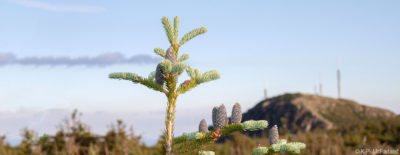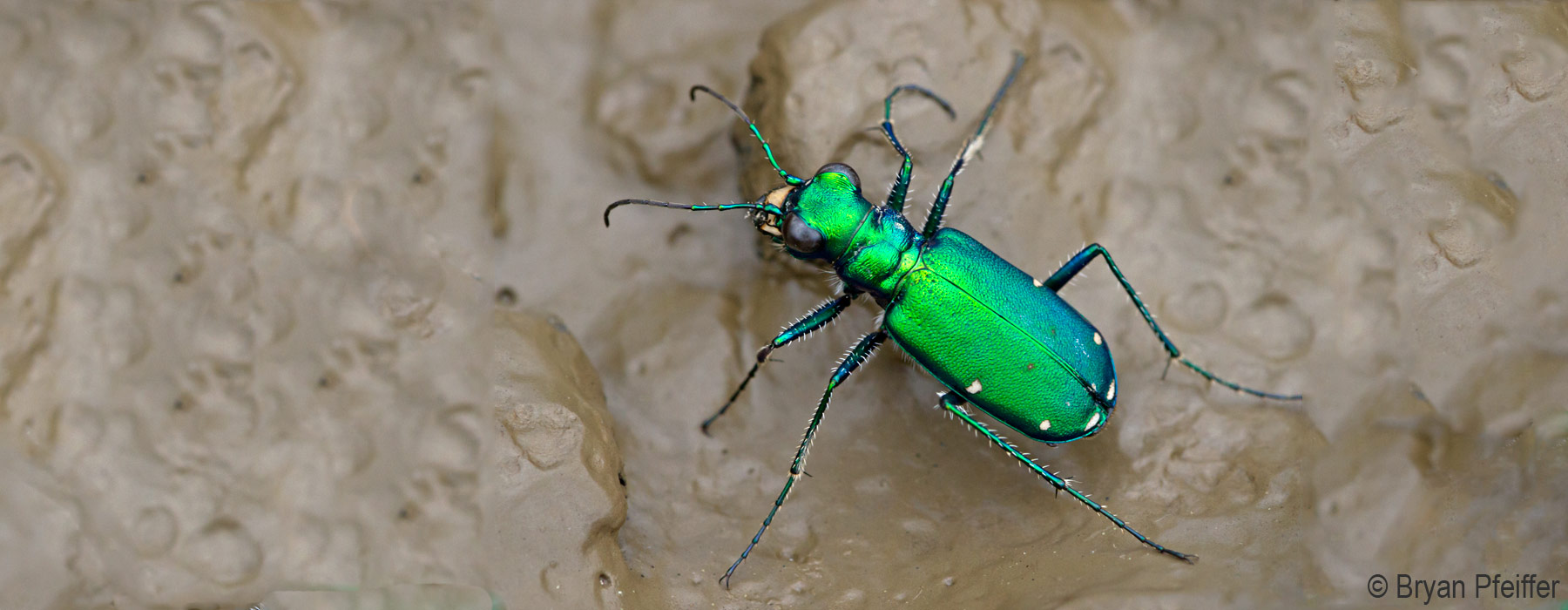Although we're best known for our work with birds, VCE biologists are also drawn to whatever else flies, hops, walks, swims, slithers, wriggles or even just sits there. Over the course of our research and wildlife monitoring, a suite of wildlife has come to help define what we do.
Here's a sampling of VCE's signature wildlife species (and even a few plants).
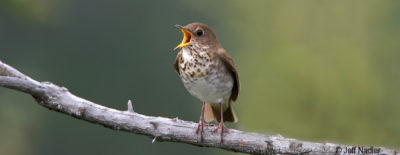
Birds
Roger Tory Peterson called them "the most vivid expression of life." For VCE, birds are also among the most vivid expressions of our research and monitoring projects. Discover a few of VCE's signature bird species and how they help explain how we work. Learn more about some of the birds we study »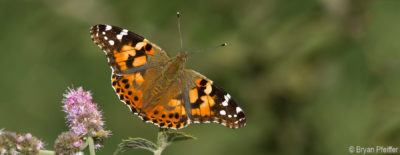
Invertebrates
Hundreds of millions of years before the first birds ever took flight, invertebrates were already airborne. Demonstrating profound biodiversity and fascinating biology, invertebrates are indicators of environmental health. In course of our work on rare invertebrates, VCE has also turned a few birdwatchers into invertebrate-watchers. Learn more about a few signature insects we study »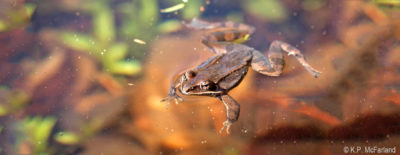
Amphibians
No child's life is complete without a visit to a pond alive with toads, frogs and salamanders. No adult as well. With amphibians going extinct at rates not seen since dinosaurs vanished from Earth, VCE is leading state and regional efforts to document and protect amphibian diversity. Discover some of our research subjects »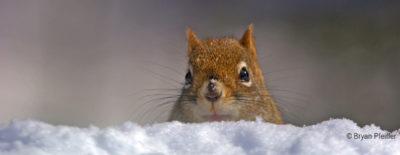
Mammals
Over the course of our research and monitoring projects, we often discover that mammals loom large in the lives of birds and other wildlife. So as we study birds, for example, we can't avoid some of their predators, including squirrels and other mammals. Learn more »